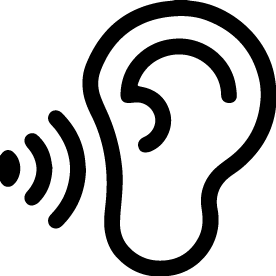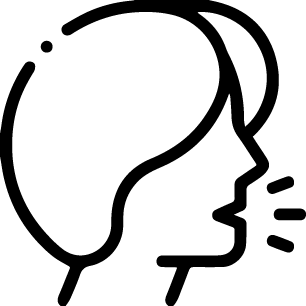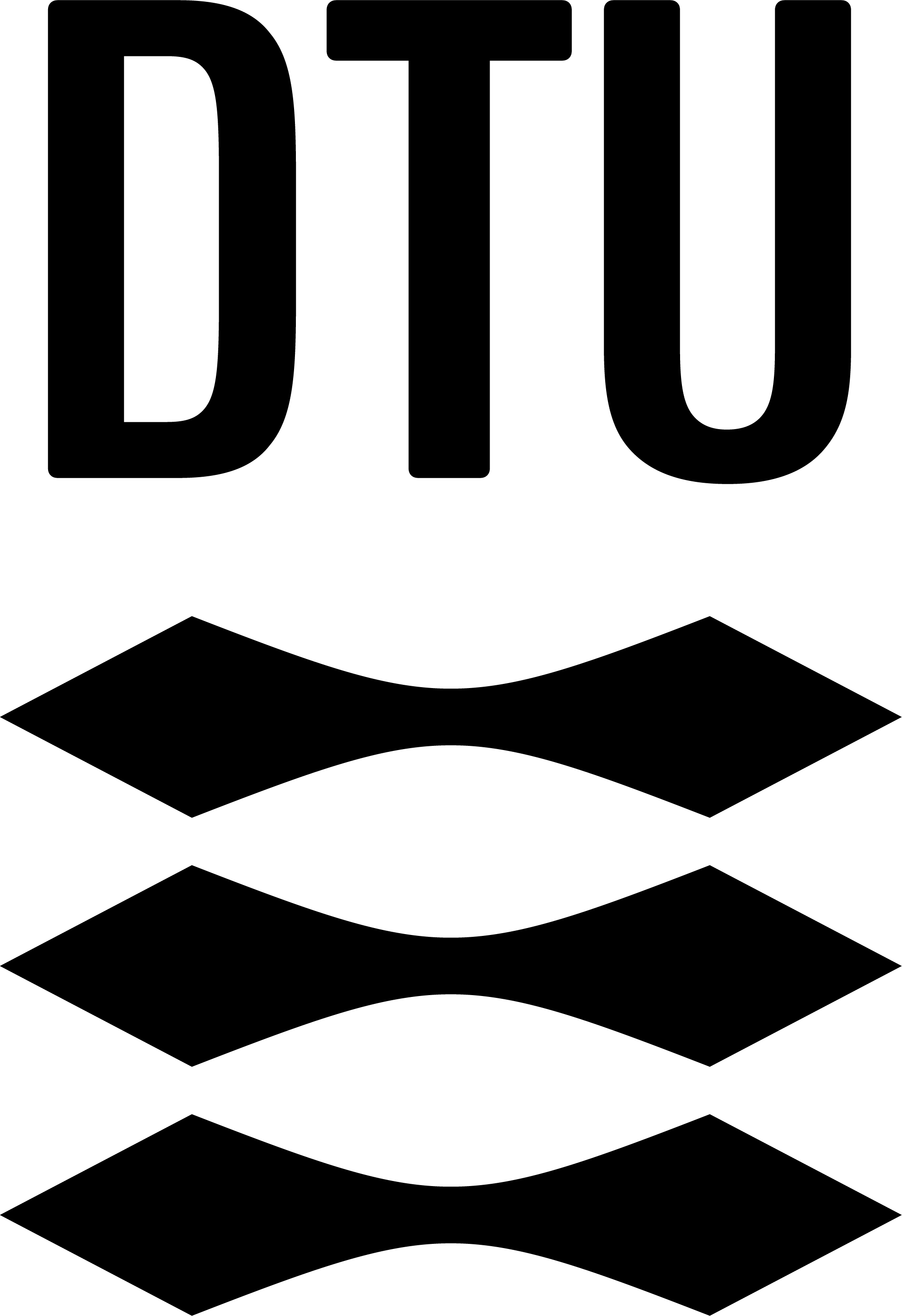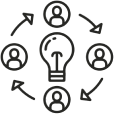Brainstorming Add/remove
Purpose:
The purpose of a brainstorming session is to create as many ideas as possible within a certain timeframe. It uses the constraint of time to enhance creativity, to get a lot of shortly described or sketched ideas.
Tips to include participants who are not able to:

Touch

Hold

See

Belong

Focus

Think

Hear
Drawing ideas from brainstorming to further enhance communication is also possible.

Speak
Drawing ones ideas to further enhance communication is also possible.
Overview
Input
Themes or problems that needs exploring
Output
Ideas
Complexity
Simple-Moderate
Time
14-30 min
Participants
2-10
Activity
- Writing/drawing
- Communicating
- Listening
- Focusing
Step by step:
Hand out post-its and pens to the participants.
Provide the participants with an overall problem that they are going to brainstorm about.
Ask the participants to brainstorm individually and sketch or note down as many ideas they can think of.
Ask the participants to present their ideas to the rest of the group (time spent depends on the amount of participants).
Repeat step 3 and 4 as needed.
Use the ideas in another exercise for choosing and detailing.
When doing this method you should consider:
- Have a diverse group of people ideate as they have different viewpoints on solutions based on their experience.
- Consider using larger post-its and thick pens
- Use lighter colored post-its with dark pens
- Make sure that all ideas are accepted no matter who presents them – All ideas are valid
Materials needed:
- Post-its
- Pens








